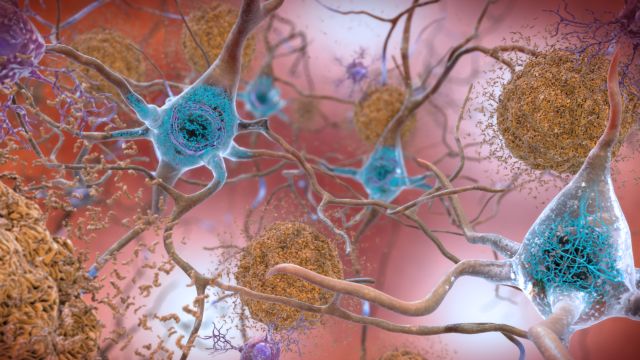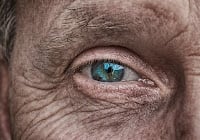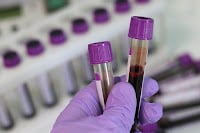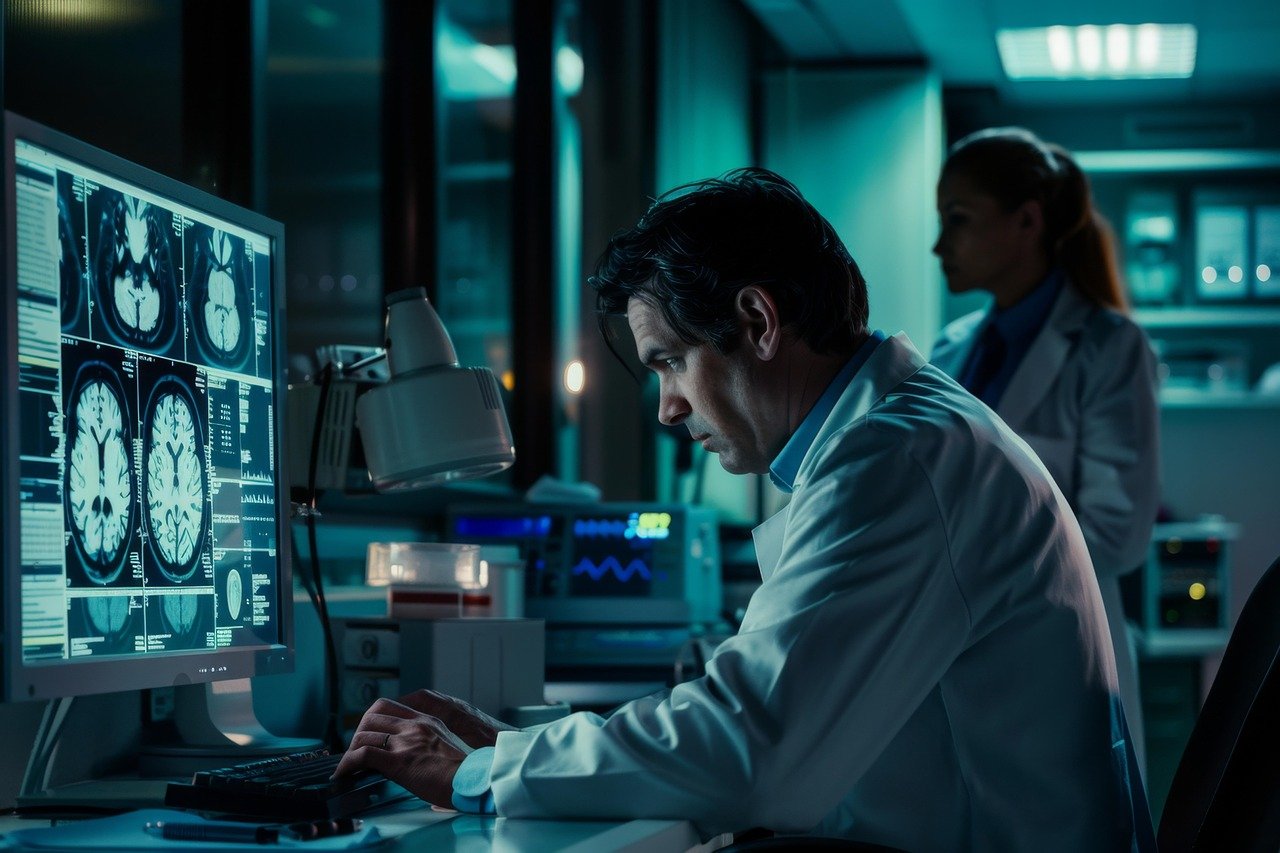
Chinese Teen Invents Wearable Forget-Me-Not for Grandma
A young Chinese prodigy determined to help his grandmother with Alzheimer’s invented an AI mini-computer to help her recognize family members and find the way home.

A young Chinese prodigy determined to help his grandmother with Alzheimer’s invented an AI mini-computer to help her recognize family members and find the way home.

Nanodevices are the newest weapon in medicine’s growing arsenal to fight Alzheimer’s. They capture dangerous peptides before they can assemble to form Alzheimer’s plaques in the brain.

Research shows that lecanemab is the first drug ever to slow cognitive decline in Alzheimer’s. Learn more.

A certain protein in the blood can be used to predict the eventual appearance of Alzheimer’s. Will this allow for early intervention?

Eli Lilly Company’s TRAILBLAZER-ALZ 2 Phase 3 study shows that donanemab significantly slowed cognitive and functional decline in people with early symptomatic Alzheimer’s disease. Learn more.

A new form of Omega-3 has successfully increased DHA in the retina and reduced eye problems associated with Alzheimer’s-like processes.

The AlzoSure® Blood Test can catch Alzheimer’s two years before symptoms appear. Its development could not be more timely. With FDA approval of lecanemab for Alzheimer’s, this accurate and economical screening tool will dramatically assist patients most likely to benefit from early treatment.

BREAKTHROUGH: Researchers have developed a blood test that can predict the risk of future cognitive decline and Alzheimer’s. The test checks levels of a fragment

DIAGNOSIS: A highly sensitive blood test has reached the market that can identify whether it is likely a patient has amyloid plaques in the brain,

PROGRESS: ApoE4 is the best known “Alzheimer’s Gene”. Gladstone Institute scientists successfully changed the gene’s structure. This eliminated certain signs of Alzheimer’s, restored normal cell

New research explains how to recognize “Rapidly Progressive Dementia”, why it often involves Alzheimer’s, and what faster change means for daily care and planning.

A beautiful song on living with Alzheimer’s. (Includes lyrics.) Enjoy.

Kindness can become its own motive.We are made kind by being kind. (Eric Hoffer)

It is one of the most beautiful Compensations of this life thatNo man can sincerely try to help anotherWithout helping himself.

What are the early symptoms of Alzheimer’s? When to get a professional evaluation.

SHORT-TERM MEMORY lapses are obvious signs of Alzheimer’s, but other tell-tale signals begin to show much earlier. Learn how to look for semantic impairments, such as simple questions about size.

Three important dementia studies focus on HS-AGING, a type of dementia almost as common as Alzheimer’s in the 85+ group. Yet few people have heard of it. Why? What makes it different?
No spam, only news and updates.


